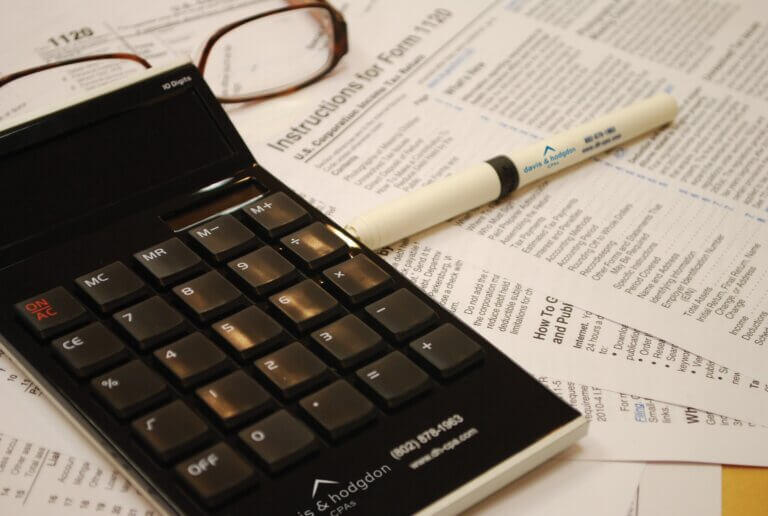Preparing for your annual audit: What you need to know
Some things in life are meant to be savored as long as possible, but your annual audit is not one of those things! The annual audit should be completed as efficiently and quickly as possible.
Proper planning and preparation are the keys to getting the auditor in and out as rapidly as possible.
Get your books in shape
If they need work, list the tasks that must be accomplished and assign them to staff to complete. You may need to engage temporary help to accomplish this faster.
The audit should be commenced as soon as possible after the books are closed, or at lease substantially closed.
This means striking a delicate balance. You don’t want the auditor to come before the books have been closed because too many adjustments would be required during the audit. And you don’t want the auditor coming too late because your funding sources may begin to think there’s a problem.
Once the audit commences, the auditor must approve all adjustments to the books, so you want as few audit adjustments as possible.
It’s a good idea to ask the auditor what is needed before the audit. “Based on last year’s audit, what do we need to do to expedite the current year’s audit?”
Organize the process
On the first dy of the audit, plan to hold an entrance conference with the auditor and fiscal department staff. A staff person should be assigned to assist the auditor in obtaining whatever books and records will be requested and to respond to questions.
Senior management should be available to the auditor periodically to resolve any problems to keep the audit moving along. Any special circumstances (i.e., key personnel on leave) need to be brought to the auditor’s attention up front so the work plan can be altered accordingly.
Ideally, you’ll be able to present the auditor with a full set of financial statements for the year run from your accounting software package as well as the corresponding trial balance and general ledger.
Each balance sheet account should have a separate analysis of what comprises the amount in that account. This has a twofold benefit:
1. Your staff has analyzed each balance sheet account, and any adjustments have been completed.
2. The auditor knows right away what each account is composed of and can plan testing accordingly.
All schedules must tie in to the general ledger, or they are of little value. If you present the financial statements, the books and the related analyses in a well-organized three-ring binder, you’ll cut an incredible amount of time off the audit.
The following are some of the more popular schedules:
1. Bank reconciliation – this is one of the first schedules the auditor will examine. Once this is completed, you know all transactions that passed through the bank account are recorded on your books. They may be recorded in the wrong account, but they are at least on the books. A copy of the bank statement should be attached to the bank reconciliation, we well as the following month or two so the auditor can see what cleared in those months.
2. Schedule of Intercompany Accounts.
3. Schedule of Aged Accounts Receivable.
4. Schedule of Fixed Assets and Leasehold Improvements with related depreciation and amortization.
5. Schedule of Prepaid Expenses.
6. Schedule of Aged Accounts Payable.
7. Summary of 941s.
8. Schedule of Rent.
A little planning, preparation and communication with your independent accountant will go a long way to ensuring that your audit is completed as quickly as possible. Davis & Hodgdon Associates CPAs can help you with your audit needs. If you would like to send us a request for proposal for services please email [email protected] or call 802.878.1963


